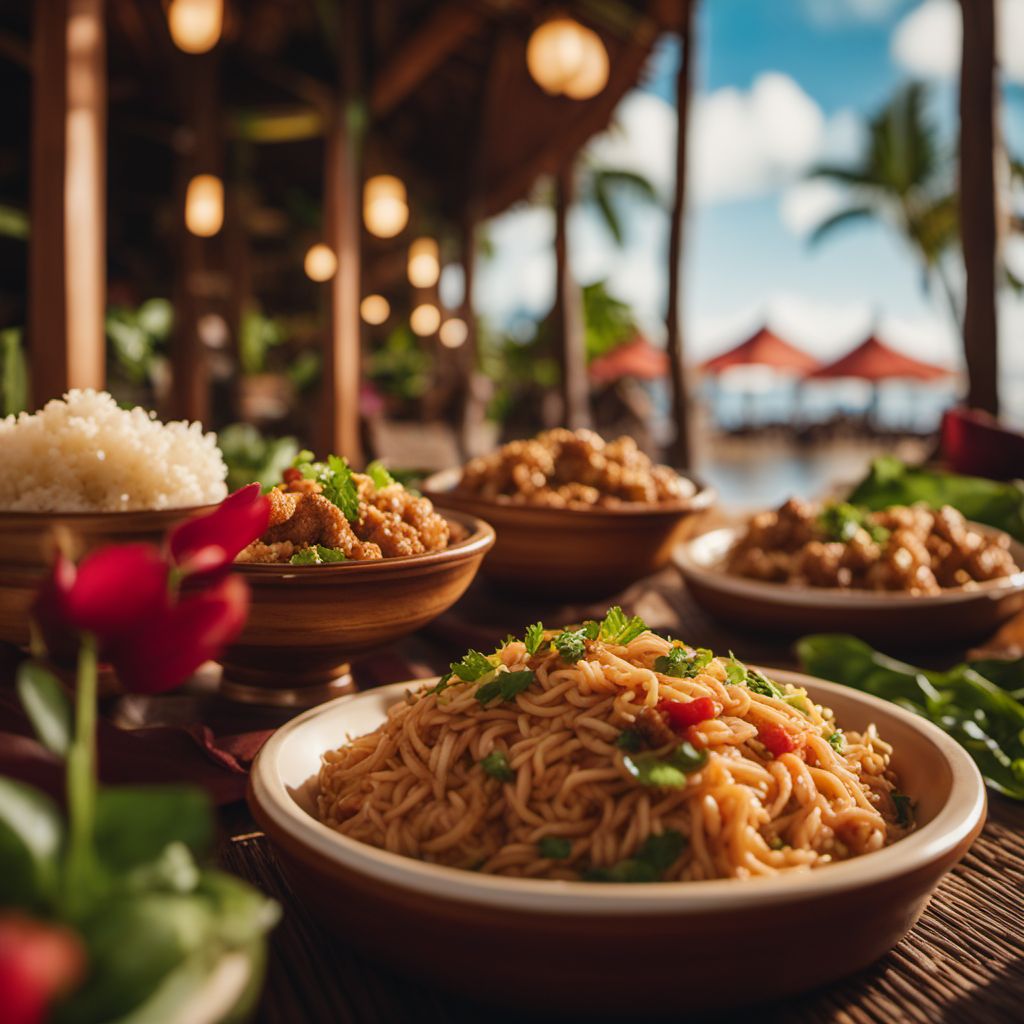
Cuisine
Tongan cuisine
Tongan cuisine is known for its use of fresh seafood, particularly fish and shellfish, as well as tropical fruits such as coconut and mango. The cuisine also incorporates root vegetables such as taro and cassava. Traditional cooking methods include grilling, baking, and steaming, and dishes are often seasoned with coconut milk and herbs such as ginger and garlic. Tongan cuisine has a unique flavor profile that is both sweet and savory, with a strong emphasis on fresh, natural ingredients.
Typical ingredients
Fish, Shellfish, Coconut, Mango, Taro, Cassava, Coconut milk, Ginger, Garlic, Onions, Tomatoes, Breadfruit
Presentation and garnishing
Dishes are often presented on banana leaves or other natural materials, and are garnished with fresh herbs and flowers. Coconut milk is a common ingredient used in both cooking and garnishing.
Tongan cuisine is known for its use of traditional cooking methods such as the 'umu, an underground oven used to cook meats and vegetables. The cuisine is also known for its emphasis on communal dining and hospitality.
More cuisines from this region...
Hawaiian cuisine, Samoan cuisine, Wallis and Futuna cuisine, Tuvaluan cuisine, Pitcairn Islands cuisine, Pascuense cuisine, Niuean cuisine
History
Tongan cuisine has a long history dating back to the arrival of the Polynesian settlers who first inhabited the islands. The cuisine has evolved over time, incorporating new ingredients and cooking techniques introduced by European explorers and settlers. Today, Tongan cuisine is an important part of the island's cultural heritage and is enjoyed by locals and visitors alike.
Cultural significance
Tongan cuisine is an important part of the island's cultural heritage and is often served at traditional ceremonies and celebrations. The cuisine is also popular among tourists who visit the island.
Health benefits and considerations
Seafood is a rich source of protein and omega-3 fatty acids, while tropical fruits provide important vitamins and minerals. However, some traditional dishes may be high in sodium and fat.
Tongan cuisine dishes
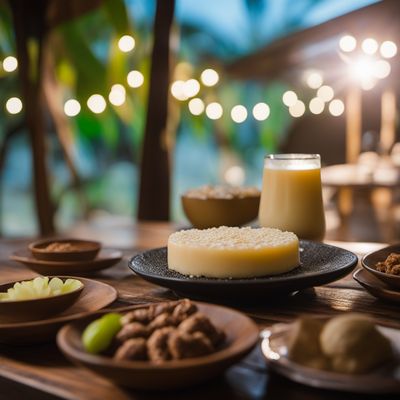
Vakalavalava
Vakalavalava is a traditional Fijian dessert made with cassava, coconut milk, and sugar. It is a sweet and creamy dessert that is perfect for satisfying your sweet tooth.

Tapou
Tapou is a traditional Polynesian dish that is made by marinating raw fish in lime juice and coconut milk. The dish is then served with a variety of vegetables and spices to...
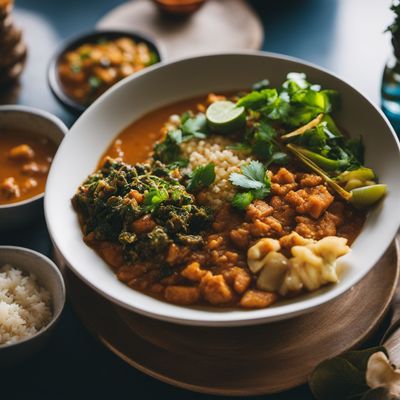
Fish lolo
Fish lolo is a traditional Fijian dish made with fish and a variety of vegetables and spices. It is typically served with rice or cassava.

Potu
Potu is a traditional dish from Samoa that is made with taro leaves, coconut cream, and corned beef. It is a hearty and flavorful dish that is perfect for a family dinner.
Tongan cuisine recipes Browse all »
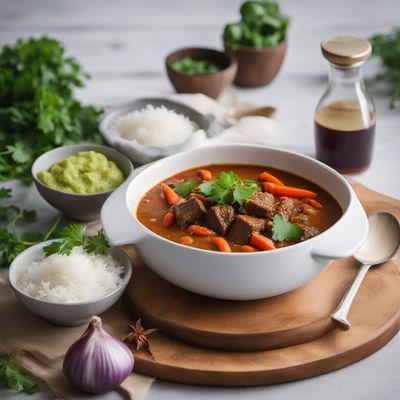
Tongan-style Beef Stew with Coconut Milk
Tropical Delight: Tongan Coconut Beef Stew
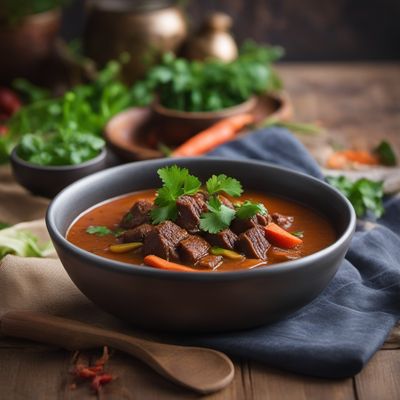
Tongan Beef Stew with Coconut Milk
Savory Tongan Beef Delight
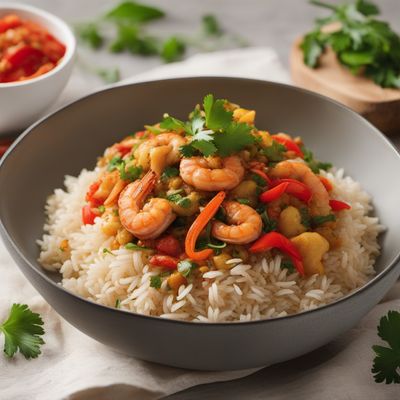
Tongan-style Seafood Rice
Oceanic Delight: Tongan Seafood Rice

Tongan-style Bamischijf
Tropical Twist: Tongan-style Bamischijf with Island Flavors
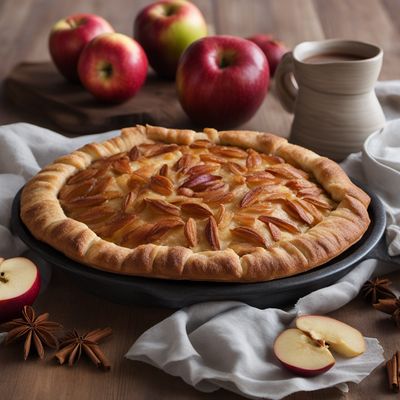
Tongan Otaheite Apple Galette
Tropical Delight Galette: Tongan Otaheite Apple Fusion

Tongan-style Raclette with Taro and Coconut
Tropical Delight: Tongan-style Raclette with Taro and Coconut
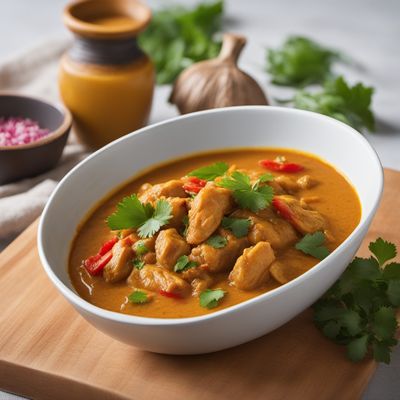
Tongan Coconut Chicken Curry
Island Delight: Tongan Coconut Chicken Curry
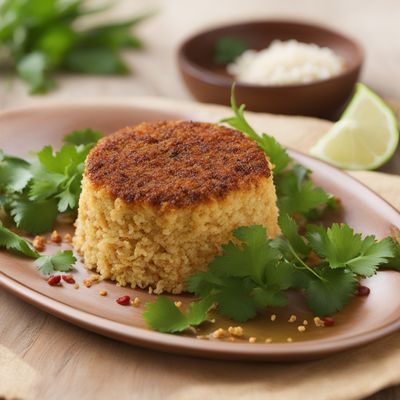
Tongan-style Chikuwa Delight
Oceanic Fusion: Tongan-style Chikuwa Delight
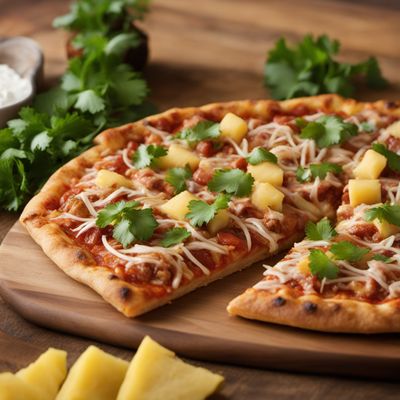
Tongan Taro Pizza
Tropical Twist Pizza: Tongan Taro Delight
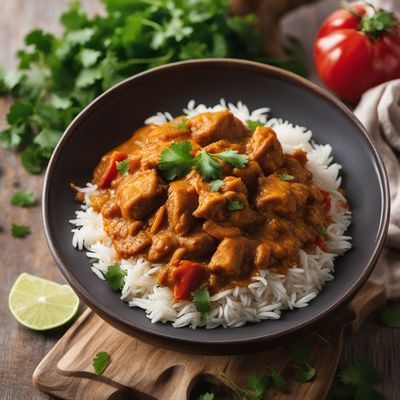
Tongan Coconut Chicken Curry
Island Spice Delight: Tongan Coconut Chicken Curry

Tongan-style Tuna, Bean, and Onion Salad
Tropical Tuna Delight: Tongan-Inspired Salad with Beans and Onions
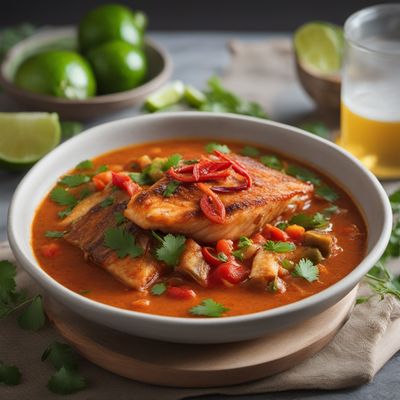
Tongan-style Spicy Fish Stew
Fiery Fish Delight: Tongan-style Spicy Fish Stew